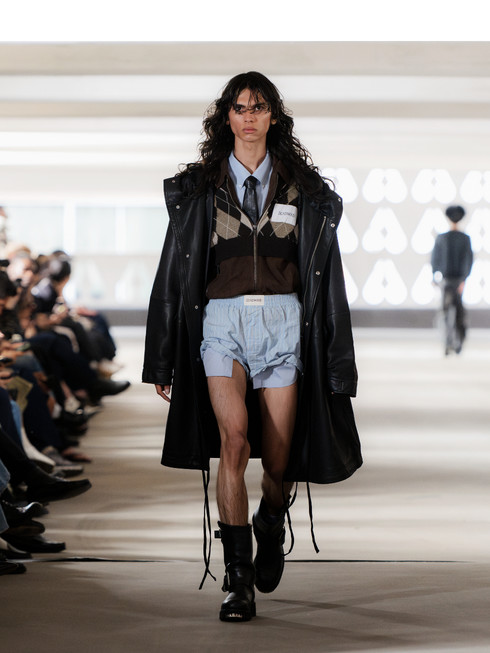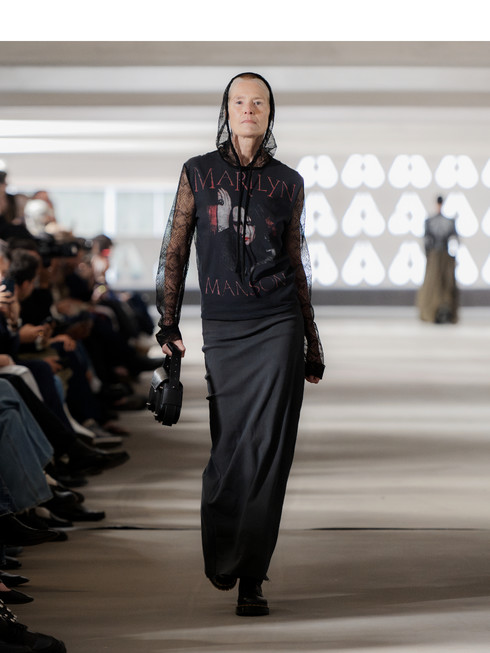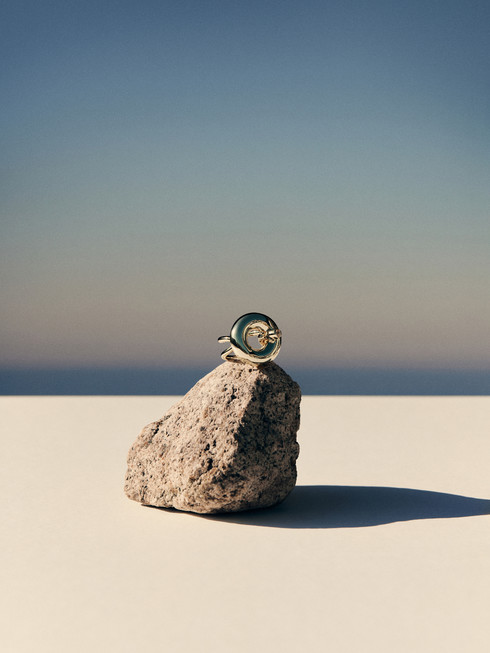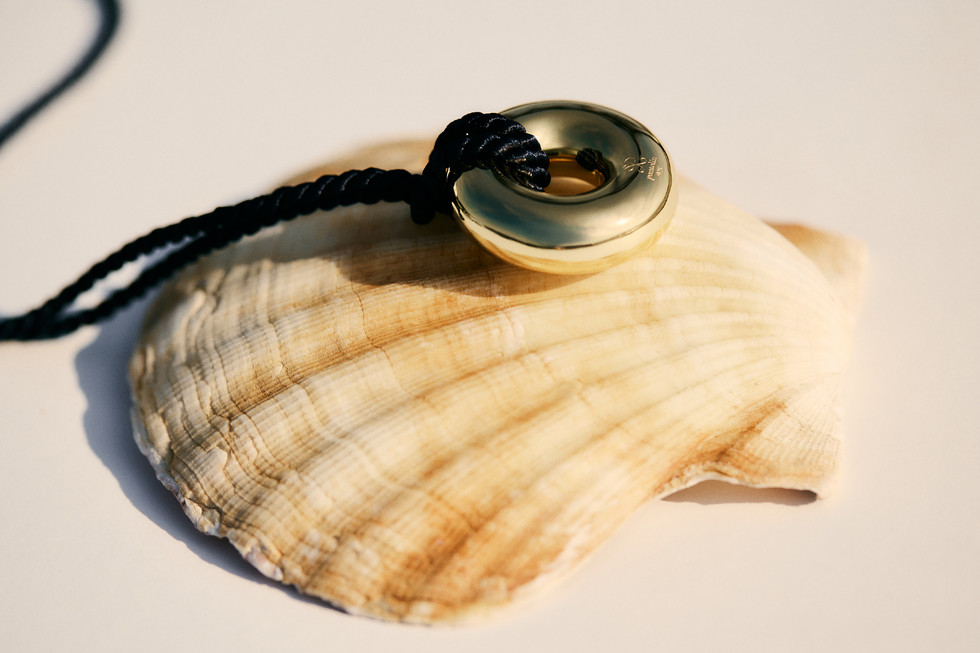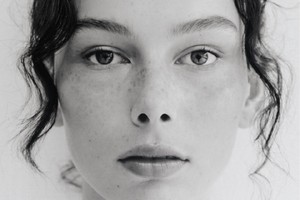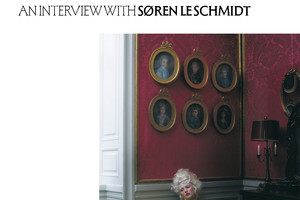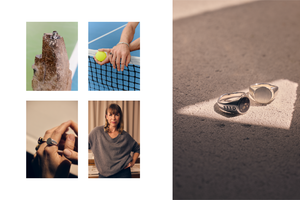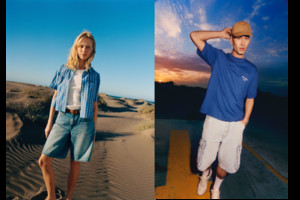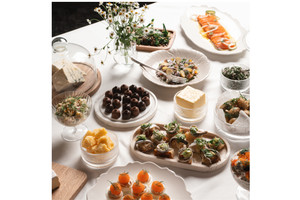Felix von Bahder on Deadwood’s PS26: "Beauty in the Breakdown"
Written by Ulrika LindqvistUlrika Lindqvist: Please tell us about the process of creating the PS26 runway show?
Felix von Bahder: I started with a question: What does it feel like to land in a city that’s pulsing faster than your own heartbeat? Or to face a technology so alien that it makes you feel completely free and completely lost at the same time? From there we put together a mood-board of late-night escalators, neon-tinged rain, cords and cables forming an electric mess. We built the show like a mixtape: eclectic, raw and personal. Actually, the whole process for this collection was anchored in music. Guess it always is for us. Lately a lot of goth, new romance and industrial stuff from the 80's and early 90's.
UL: How did you choose the location for the runway show?
FvB:Stockholm’s Parkaden parking house is a concrete cathedral six stories above street noise, a brutalist icon by Hans Asplund and one of those buildings that, once you notice it, can never be unseen. We wanted to create a tranquil, almost sacred space for the audience, an oasis smack in the heart the city’s buzz. Perfect for a story about disorientation and underground salvation.
UL: What does the PS26 collection represent and what was the main inspiration for this collection?
FvB:It’s a love letter to outsiders who arrive in the metropolis and get swallowed by its circuitry. It's also a cautionary tale of the seduction of technology and its dubious promise of liberation. We wanted to capture the allure of the big city, both the glitz and the gritty. Black leather, patch-worked from some past collections. Re-cut vintage tees worn underneath exaggerated faux fur pieces. Sensual snake lace next to scuffed denim. I wanted to take the collection into the comfort of basement venues where the misfits find each other, and the lights are always red.
Ulrika Lindqvist: What was the biggest challenge creating your PS26 collection?
FvB: Time. Joining Stockholm Fashion Week was not really our plan, but when we got asked, we simply could not resist a homecoming! But what were we going to show? We were already doing SS26 in Copenhagen in August, and we couldn't present the same stuff twice! So, we figured we had to create a brand new chapter to the story in just under 2 months. Pushing our up-cycling methods to the limit, which means hunting, cutting, and re-aligning many pieces into a few coherent silhouettes, the studio was a creative chaos! But it all worked out in the end!
UL: What is your approach to showpieces, how much of the show is showpieces?
FvB: Normally, Deadwood garments are made to be worn and loved. But sometimes we like to drive home an idea or a concept with one-off showpieces, who's main purpose is to ask questions or provoke emotions. But from the PS26 show I'd say all looks will make it into production, although some in pretty small numbers. Some of the vintage-tee concepts will be tweaked to make them more producible at scale. That's it.
UL: How would you describe the Deadwood customer
FvB: Deadwood is for music lovers, however genre-fluid. Age, gender, passport stamps, none of that matters. We're a group of humans that value things that last, and celebrate scars that tell stories.
Ulrika Lindqvist: What can we expect from Deadwood in the future?
FvB: More risk, same conviction. We’re doubling down on circular and next-gen materials, breathing some new life in our mycelium project, and plotting a few pretty cool collaborations. The second chapter of this collection, which we will present in Copenhagen, dives deeper into that existential thin-ice space where mankind and machines collide. I've been looking forward to this one for a long time now. After that, I'm going sailing or something, haha.

